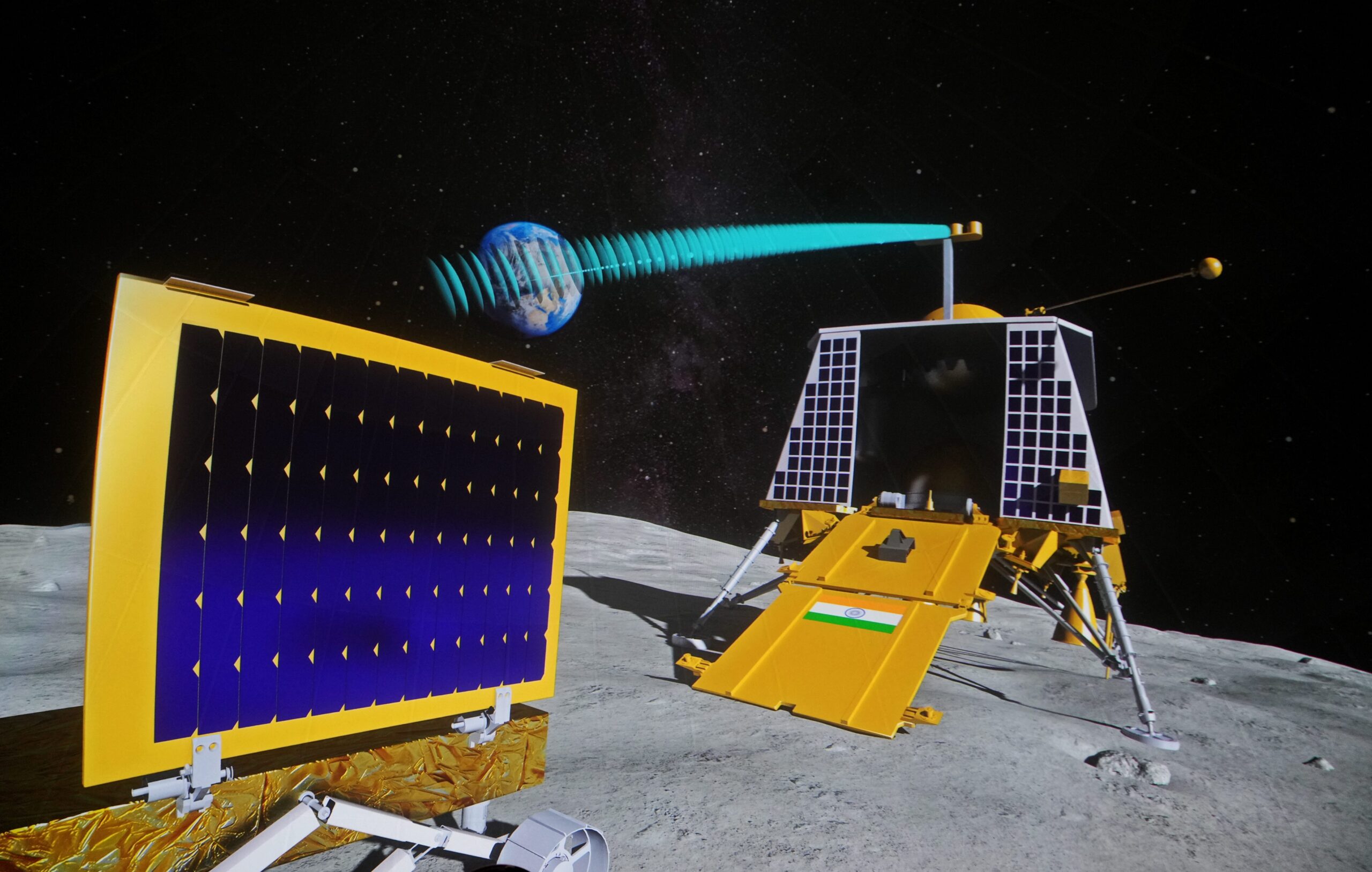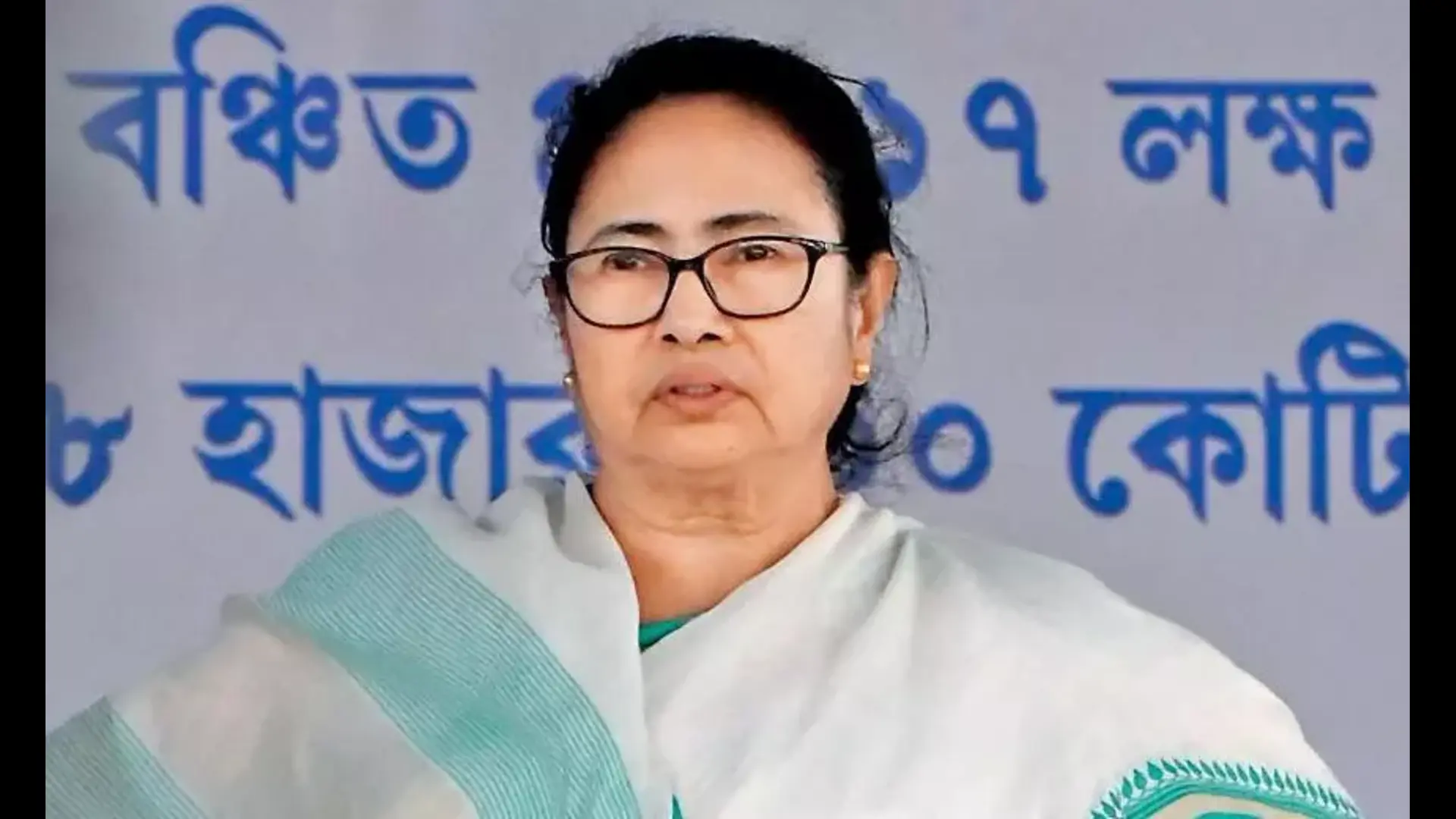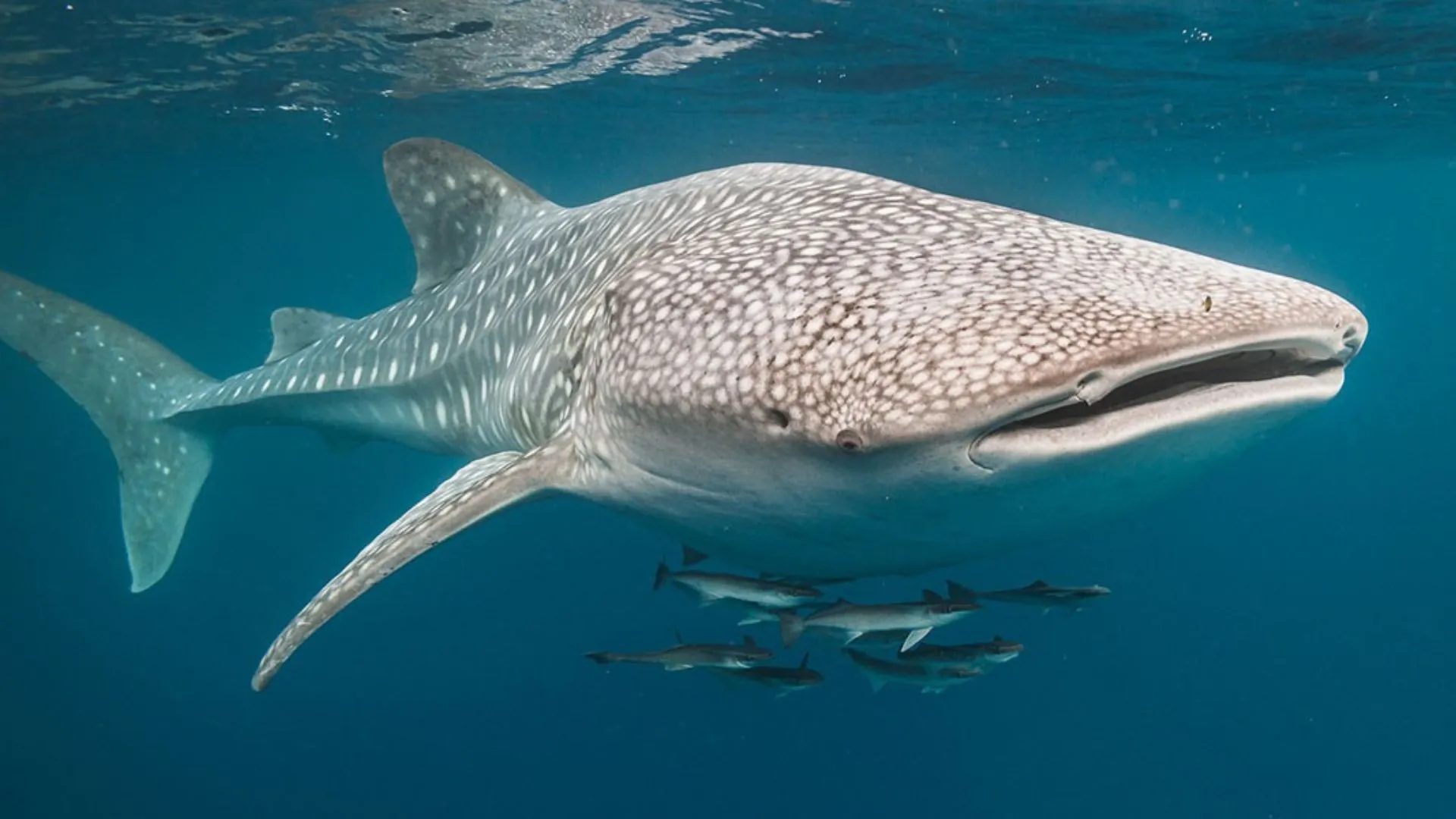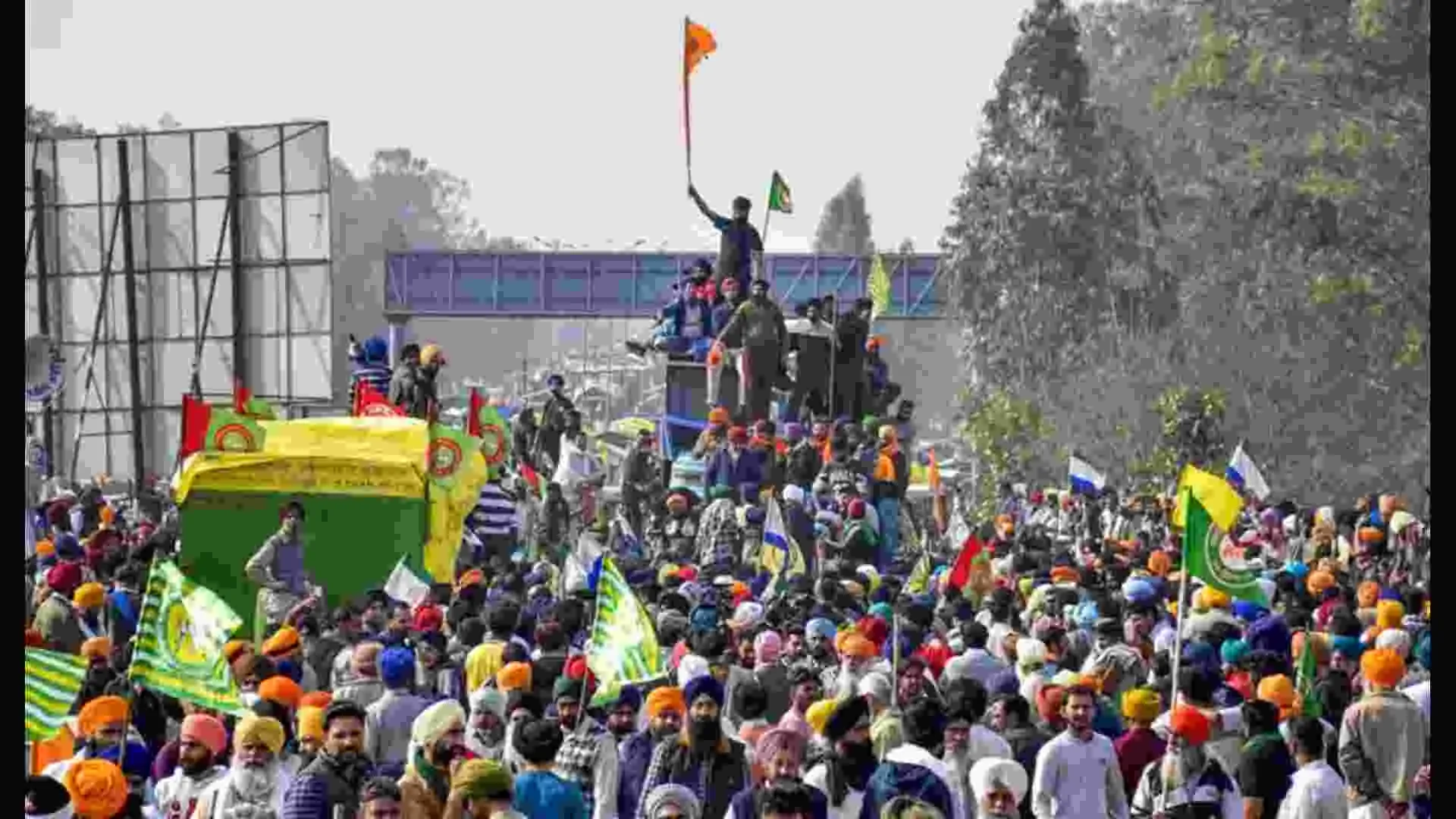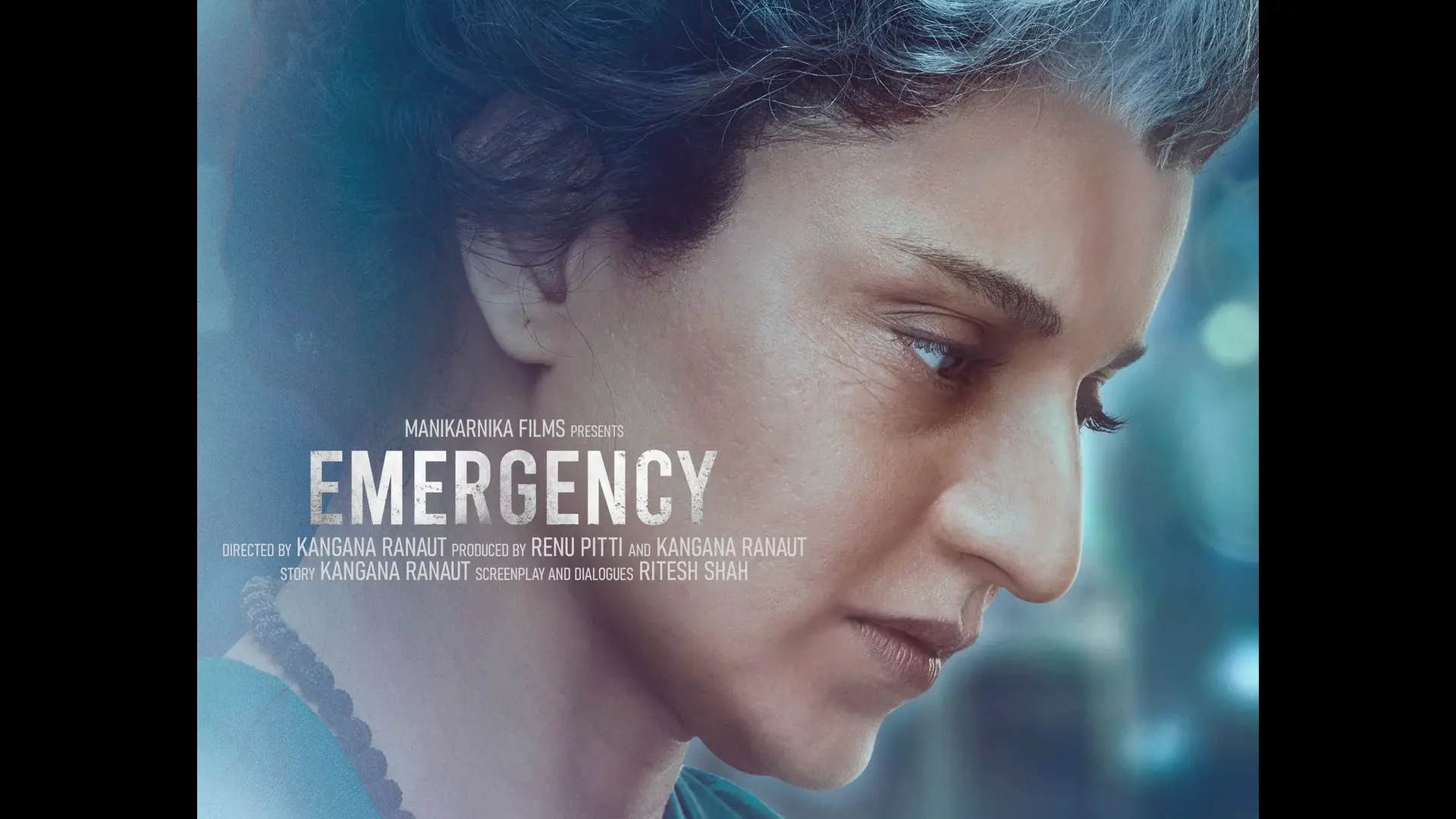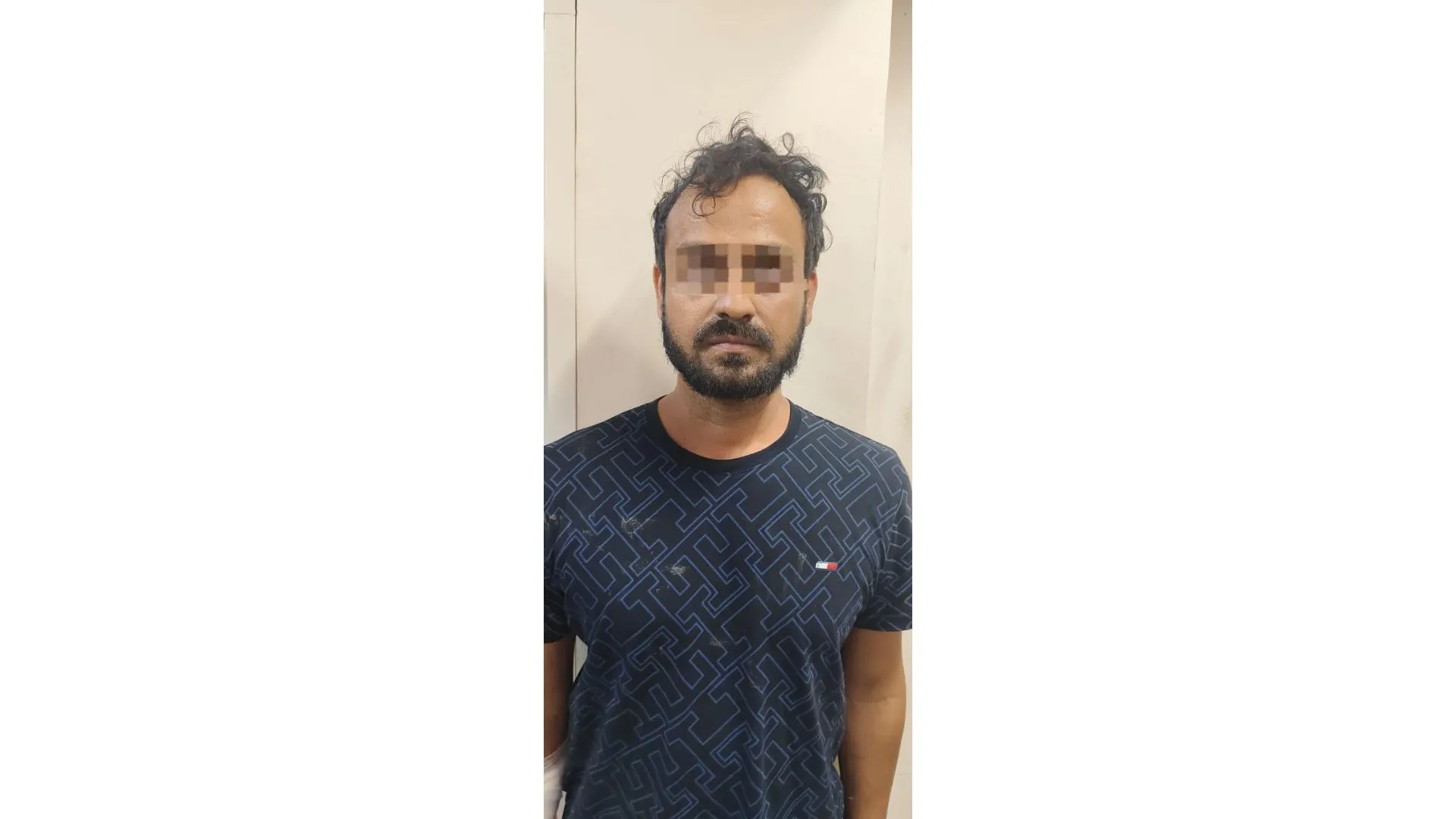Indian Space Research Organisation (ISRO) Chairman, S Somanath, affirmed India’s capability to conduct additional interplanetary missions, emphasising the space agency’s commitment to contributing to the country’s progress through the expansion of the space sector.
The announcement was made at the international airport here on Saturday, where he highlighted Prime Minister Narendra Modi’s long-term vision for India’s space domain.
Following the success of the Chandrayaan-3 moon mission, Somanath made his first visit to the Kerala capital.
The Chairman radiated satisfaction as he remarked on the mission, “Not just the soft landing, but the entire aspects of the Chandrayaan-3 were 100 percent successful.” He expressed gratitude to the nation’s unwavering support and urged the continued encouragement for ISRO’s forthcoming ventures.
India recently etched its name in space history as Chandrayaan-3’s Lander Module successfully touched down on the moon’s surface, making India only the fourth nation to achieve this.
The mission’s success had another feather added to its cap, as it became the first to land at the moon’s uncharted south pole.
Furthering the nation’s pride, PM Modi announced the naming of Chandrayaan-3 Vikram lander’s landing site as “Shiv Shakti Point”.
He also revealed that the site where Chandrayaan-2’s lander met an unfortunate fate in 2019 would be christened “Tiranga Point”.
The Prime Minister declared that August 23, the day Chandrayaan-3 touched the moon, would henceforth be celebrated as ‘National Space Day’.
On the topic of Aditya-L1, India’s first space observatory dedicated to studying the sun, Somanath revealed that the satellite has arrived at Sriharikota, with a launch slated for early September.
The Chairman shared that while waiting for more detailed imagery from the Chandrayaan-3, the focus remains primarily on scientific research about the moon.
In-Depth Analysis from Bengaluru
ISRO unveiled a temperature variation graph of the lunar surface, a feat achieved by the ChaSTE payload aboard Chandrayaan-3’s Vikram lander. The data provides insights into the moon’s thermal behaviour around the south pole, a first of its kind for the lunar south pole.
The ChaSTE payload, a result of a collaborative effort between the Space Physics Laboratory (SPL) of ISRO’s Vikram Sarabhai Space Centre (VSSC) and the Physical Research Laboratory (PRL) in Ahmedabad, can delve 10 cm beneath the lunar surface. It contains 10 individual temperature sensors to record thermal variations at different depths. Detailed observations from this groundbreaking study are currently underway.

